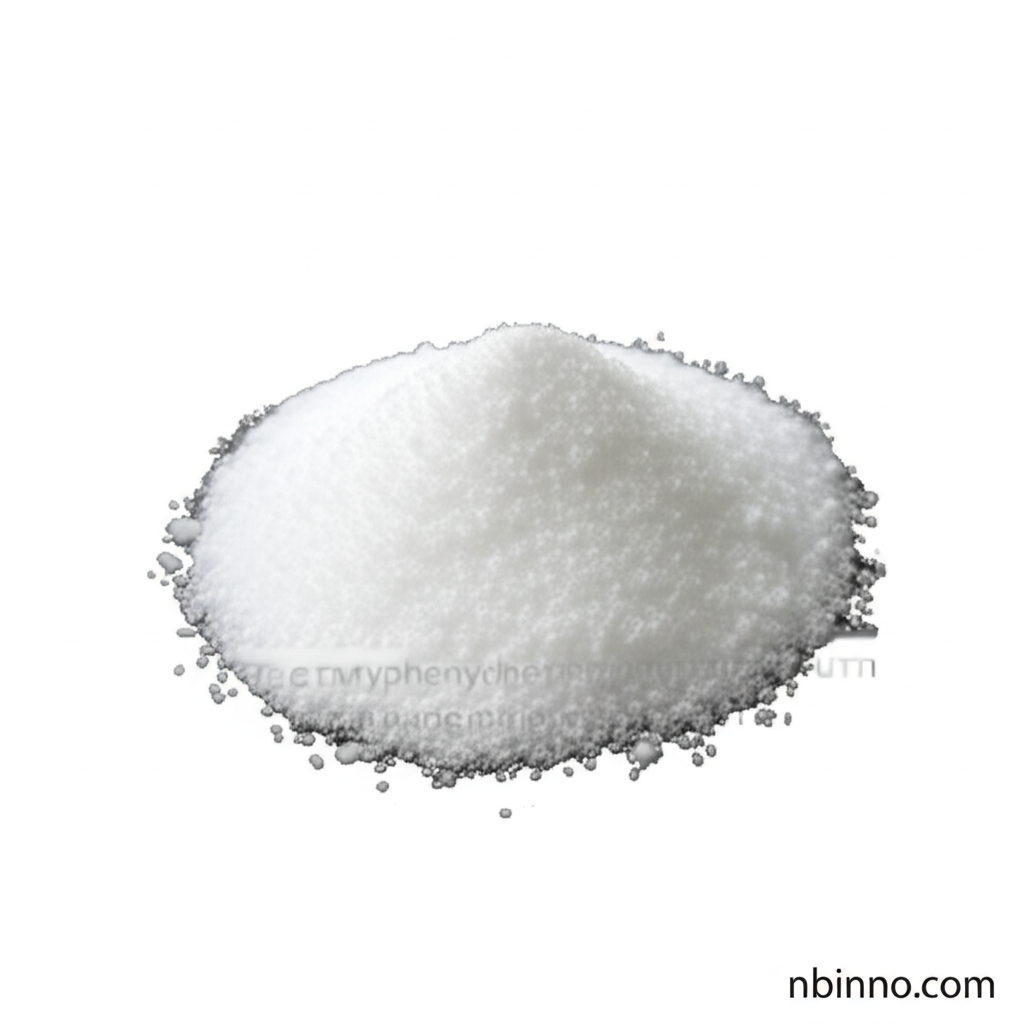Ethyltriphenylphosphonium Bromide: A Versatile Reagent for Organic Synthesis and Material Science
Unlock complex chemical transformations with this essential phosphonium salt, vital for modern research and industry.
Get a Quote & SampleProduct Core Value

Ethyltriphenylphosphonium Bromide
Ethyltriphenylphosphonium bromide is a critical phosphonium salt extensively applied in organic synthesis. Its primary utility lies in facilitating Wittig reactions for the creation of olefins and serving as a precursor for ylide generation. This compound is indispensable in various research areas, including polymer chemistry and advanced material science. It has also garnered attention for its potential optical applications, particularly its nonlinear optical (NLO) properties observed in its crystalline form.
- The Wittig reaction reagent capability of ethyltriphenylphosphonium bromide is crucial for organic synthesis, enabling precise carbon-carbon double bond formation.
- As a phosphonium salt in organic synthesis, it stabilizes reactive intermediates, proving vital for constructing complex molecular architectures.
- Its role as a phase transfer catalyst in chemical synthesis enhances reaction efficiency by mediating reactant transfer between immiscible phases.
- Researchers leverage ethyltriphenylphosphonium bromide in material science for phosphonium salts, contributing to the development of novel materials with tailored properties.
Key Advantages
Enhanced Reaction Efficiency
The ability of ethyltriphenylphosphonium bromide to act as a phase transfer catalyst significantly boosts the efficiency of many chemical reactions, making processes faster and more predictable for users seeking high-yield results.
Versatile Synthetic Applications
This compound is a cornerstone for diverse synthetic pathways, including the critical Wittig reaction. Its versatility supports breakthroughs in creating new organic compounds for pharmaceuticals and agrochemicals.
Advanced Material Development
In material science, ethyltriphenylphosphonium bromide contributes to the creation of advanced materials. Its unique properties aid in modifying surface characteristics and improving solubility, crucial for innovations in polymer chemistry.
Key Applications
Organic Synthesis
As a primary reagent, it facilitates complex organic transformations, including olefin formation and ylide generation, essential for creating novel compounds.
Phase Transfer Catalysis
It acts as an effective phase transfer catalyst, improving reaction kinetics and yields in multi-phase systems for various industrial processes.
Material Science
Its incorporation aids in developing advanced materials, such as polymers, enhancing their stability and solubility for specialized applications.
Pharmaceutical and Agrochemical Intermediates
It serves as a crucial building block in the synthesis pathways for numerous pharmaceuticals and agrochemicals, supporting global health and agriculture.
